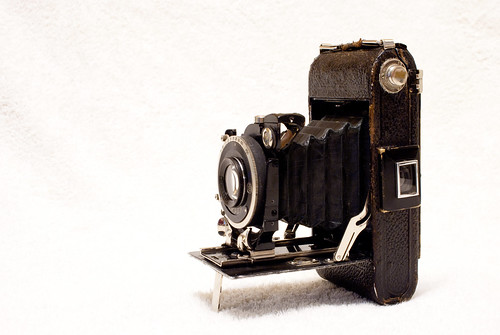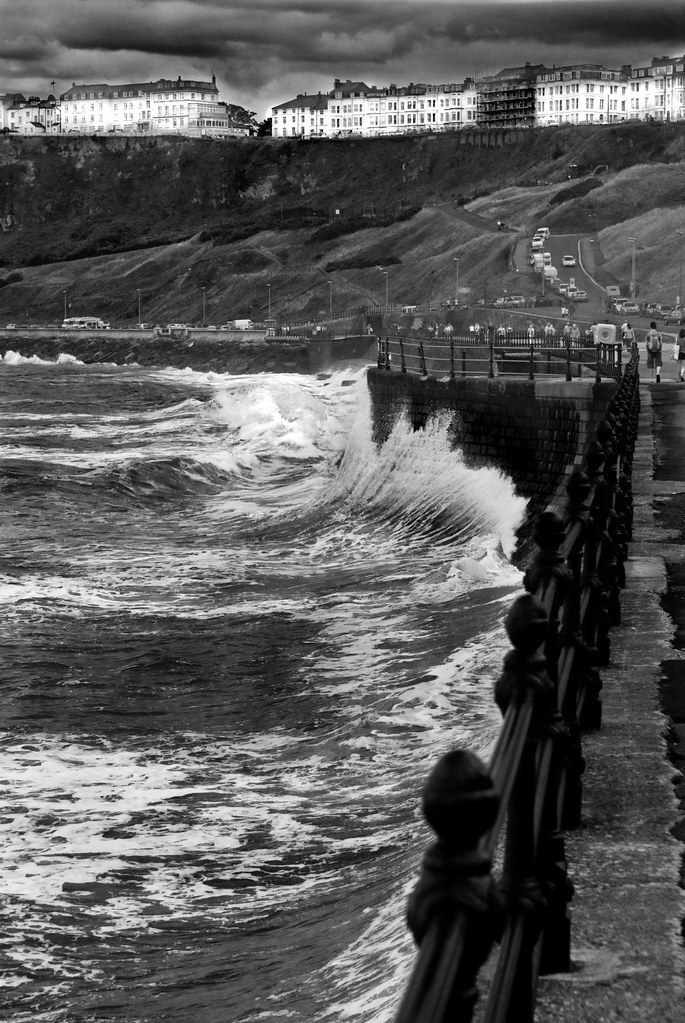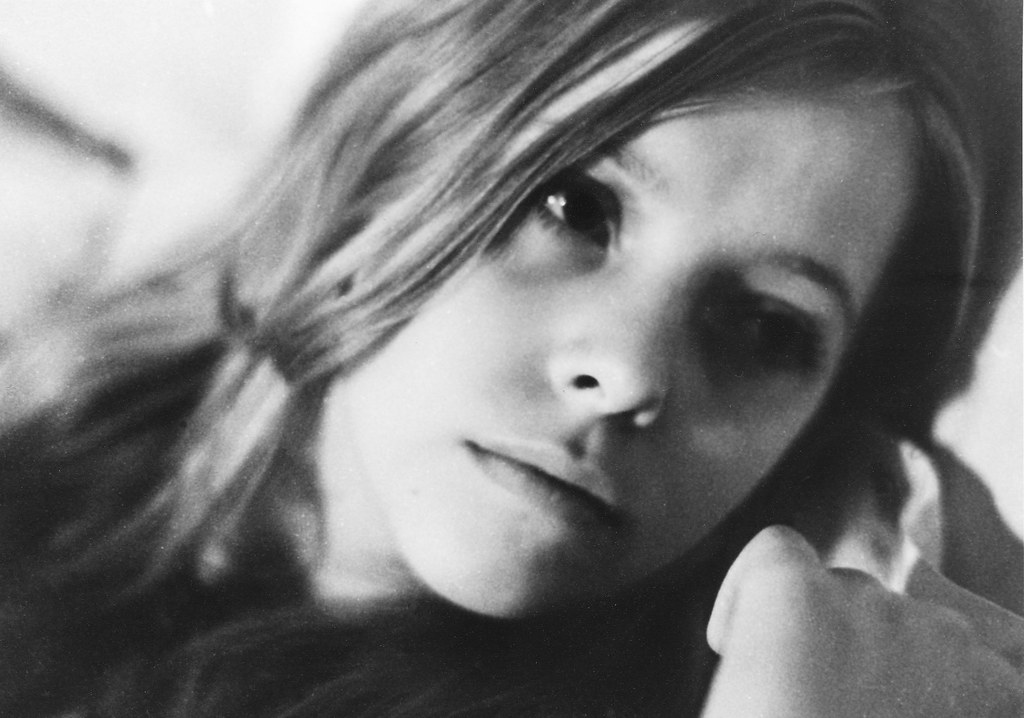I suppose I ought to really tell anyone who is reading this a bit about myself. This (hopefully) comes out in my photography and working style, but not all of it will be so obvious.
At present (11/2010), I am a photography student doing A-levels (Photography, Product design and Psychology). I am looking to study photography at University next year, either on a general photography course or the Press and Editorial Photography course at UC Falmouth.
I use a variety of kit, from medium format bellows cameras to DSLRs, and a variety in-between. I have three medium formats, the Ihagee Bellows and a Lubitel 166 Universal. Also I have a Voitgtlander Superb, but I need to find a replacement lens before I can use it, as there’s a massive chunk of glass missing (crying shame). I have three 35mm SLRs, a relatively new Canon EOS500 (on loan) and two M42 fit SLRs: a Praktica Super TL1000 (my backup) and an Asahi Pentax Spotmatic. These SLRs are my favourite cameras because you have to set everything up manually, from aperture to shutter speed and focusing, there’s no ‘intelligent auto’ mode where the camera just does everything itself. Whilst IA modes make a camera easy to sell to the masses, it doesn’t lead to ‘proper’ photographers, because it doesn’t matter how creative these people are, by leaving their cameras on IA, they will never understand the technical aspects needed to make their photos better.
It sounds Luddite, but I do believe that a true photographer must be involved with their photos, in every sense of the word, to produce something amazing.
I suppose that that would sum me up quite nicely, if it weren’t for my modern kit. My DSLR is currently a Sony A300 with Vertical (portrait) grip. It’s a smashing camera, and does most of the stuff I need of it. The only place where it doesn’t perform entirely well is survivability. Sure, as an avid hiker, it’s been out and about in all sorts of weather. It’s survived snow, dust and high humidity, but I wouldn’t like to try it out in any torrential rain anytime soon, or falling out of the truck for that matter. As I want to go to some pretty dangerous places (Afghanistan, Pakistan, Central and North Africa etc...) and take photographs of the horrific conflicts there, I’m ultimately going to need a camera that can take slightly more abuse. Thus I’m looking at either a Nikon D700 or a D3s (or whatever the equivalent is when I buy).
This all makes me sound like a bit of a kit-obsessed photographer (‘Technicians’ as I call them), which I’m not. I’m not in it for the latest gadget, but I do believe that there is the right bit of kit for the right job, and I do use all of these cameras in different situations. To prove that I’m not a technician, I will be writing about ‘feel’ during a lot of my posts, at risk of sounding like a complete floaty-headed creative which I’m not either.
Oh dear, this has turned into a bit of a rant....
Here's a photo to make up for it:
Take care.


